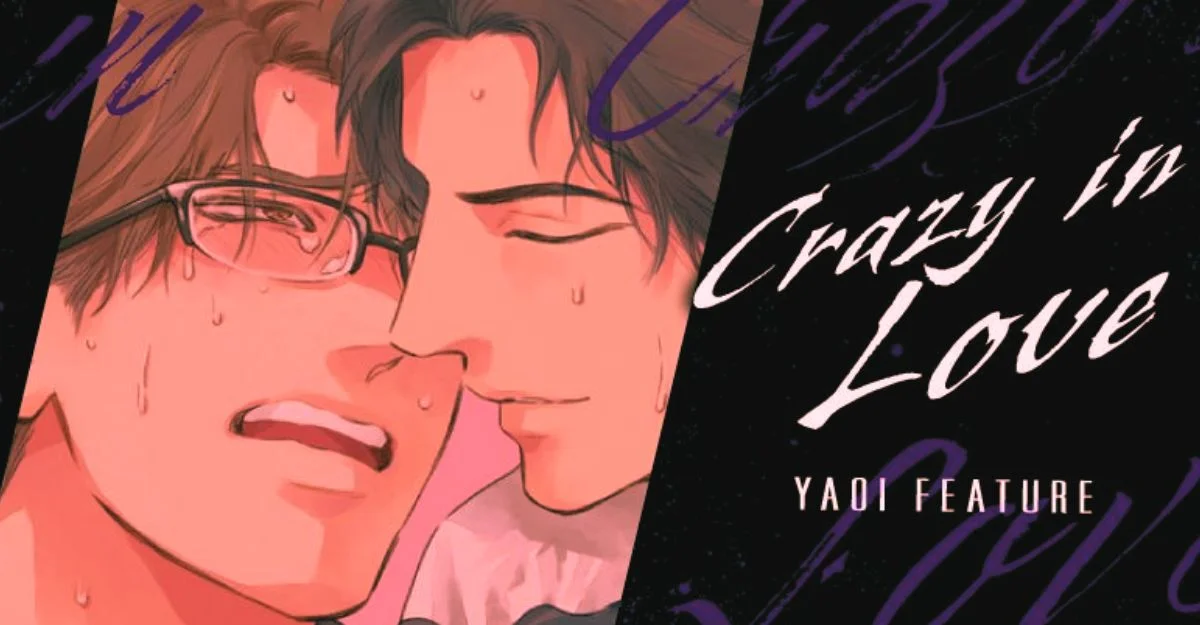What is Yaoi Manga?
Yaoi manga centers on relationships between male characters, often emphasizing emotional and romantic narratives. While it is closely associated with LGBTQ+ themes, it is distinct from “bara,” a genre created by and for gay men. Yaoi often caters to a primarily female audience and emphasizes idealized relationships, emotional depth, and dramatic storytelling.
Origins and Evolution
Historical Beginnings
The yaoi genre emerged in the 1970s, rooted in Japan’s doujinshi (fan-made works) culture. Female manga artists, known as shōjo creators, began experimenting with same-sex romances to explore emotions and relationships beyond traditional gender roles. Works by the “Year 24 Group,” a collective of female mangaka, were instrumental in shaping the genre.
The Term ‘Yaoi’
The word “yaoi” is an acronym for “Yama nashi, ochi nashi, imi nashi,” which translates to “No climax, no resolution, no meaning.” Initially used as a humorous critique of simplistic stories, the term now encapsulates an expansive and nuanced genre.
Key Elements of Yaoi Manga
Yaoi manga, which originated in Japan in the 1970s, has since been widely disseminated both within and outside of Japan. Based on the premise of boy love, or male homosexuality, yaoi manga runs the gamut from sweets to smut. The yaoi market also caters to fujoshi, or “rotten girls,” who are attracted to male–male romantic relationships. In this paper, we analyze the hallmarks of yaoi manga using descriptive statistics to glean a comprehensive look at the genre. Based on the analysis, we propose three identifiably distinct features of yaoi manga and discuss the implications of these elements in detailed analysis as a possible future issue.
The appeal of yaoi (boy love or gay) manga for women has been much discussed in various research environments. Yaoi manga, a subgenre of manga that features male–male romantic relationships, often in the form of explicit sex and sometimes set in historical or contemporary genres, first emerged as a genre in the 1970s in Japan. The appeal of yaoi manga to women and the classification of yaoi manga have been explored. Attempts have been made to organize categories of yaoi manga and present the relationships among them. In a survey of their readership, it was found that readers’ attraction to yaoi manga could be classified into three types: departure from their own sex, motivation for sex, and homoerotic fantasies. The attraction of yaoi narratives for women was revealed to be the possible sense of power they represent. This consumption was indicated by introducing examples of shoujo manga portraying homosexual love; thus suggesting that yaoi manga and shoujo manga share the same aesthetic. Female readers of yaoi manga are often termed “fujoshi,” meaning “rotten girls.”
Themes and Tropes
Uke and Seme Dynamics
A hallmark of yaoi is the pairing of characters as uke (the submissive or more emotionally sensitive partner) and seme (the dominant or assertive partner). These roles, often depicted through physical traits and personality types, create a dynamic that drives much of the tension and chemistry in the narrative.
Exploration of Identity
Yaoi manga frequently explores themes of identity, acceptance, and love in the face of societal challenges. While some stories focus on fantasy escapism, others tackle real-world issues such as homophobia, coming out, and self-acceptance.
Forbidden Love
The trope of forbidden or taboo love is a recurring theme in yaoi. Whether due to societal constraints, age gaps, or power dynamics (e.g., teacher-student relationships), these stories heighten drama and emotional investment.
The Appeal of Yaoi Manga
Empathy and Emotional Connection
Yaoi manga often delves deeply into characters’ emotions, fostering empathy and connection among readers. The genre’s focus on love and emotional intimacy resonates with those seeking heartfelt storytelling.
Empowering Female Readers
For many female fans, yaoi offers a space to explore romance and sexuality free from the constraints of traditional gender roles. The genre’s idealized and stylized depiction of male relationships allows readers to engage with romantic themes in a way that feels safe and empowering.
Diverse Representation
Though often critiqued for its idealized portrayals, yaoi manga has also opened doors to greater LGBTQ+ representation. Some creators strive to depict authentic experiences, challenging stereotypes and fostering understanding.
Subgenres and Styles
Shōnen-ai vs. Yaoi
- Shōnen-ai: Focuses on romantic and emotional connections without explicit content.
- Yaoi: Often includes mature, sexual themes alongside romance.
Omegaverse
A unique subgenre of yaoi, the Omegaverse incorporates speculative elements such as alternative gender dynamics (Alpha, Beta, Omega) and features themes of power, dominance, and reproduction.
Doujinshi
Fan-created works play a significant role in yaoi culture. These self-published stories often feature popular characters from other media, reimagined in romantic relationships.
Global Popularity
Yaoi in the West
Yaoi’s popularity surged internationally in the late 1990s and early 2000s, thanks to the rise of scanlation groups and online fan communities. Today, official translations and digital platforms like MangaPlaza and BL-focused publishers bring yaoi to a wider audience.
Fan Conventions
Events such as YaoiCon in the United States celebrate the genre, providing fans with opportunities to meet creators, purchase exclusive merchandise, and participate in themed activities.
Criticism and Controversy
Stereotypes and Idealization
Critics argue that yaoi often perpetuates unrealistic depictions of gay relationships, focusing on idealized, heteronormative dynamics. The uke-seme binary, in particular, has been criticized for reinforcing rigid gender roles.
Ethical Concerns
Some yaoi works depict controversial themes, such as age gaps or non-consensual encounters, which have sparked debates about their impact on readers and their role in perpetuating harmful tropes.
The Future of Yaoi Manga
Evolving Representation
Modern yaoi creators are increasingly mindful of diverse audiences, striving to portray LGBTQ+ relationships with nuance and authenticity. Works that challenge traditional uke-seme dynamics and address real-world issues are gaining traction.
Technological Impact
Digital platforms and social media have transformed the way fans access and interact with yaoi manga. Crowdfunding and independent publishing also allow creators to explore unconventional stories and cater to niche audiences.
Conclusion
Yaoi manga is more than just a genre; it is a cultural phenomenon that has captivated millions with its compelling stories and emotional depth. Whether as a form of escapism or a lens for exploring identity and love, yaoi continues to evolve, reflecting the shifting landscape of modern storytelling. As it gains greater recognition and acceptance, this unique genre promises to remain a powerful force in the world of manga and beyond.

